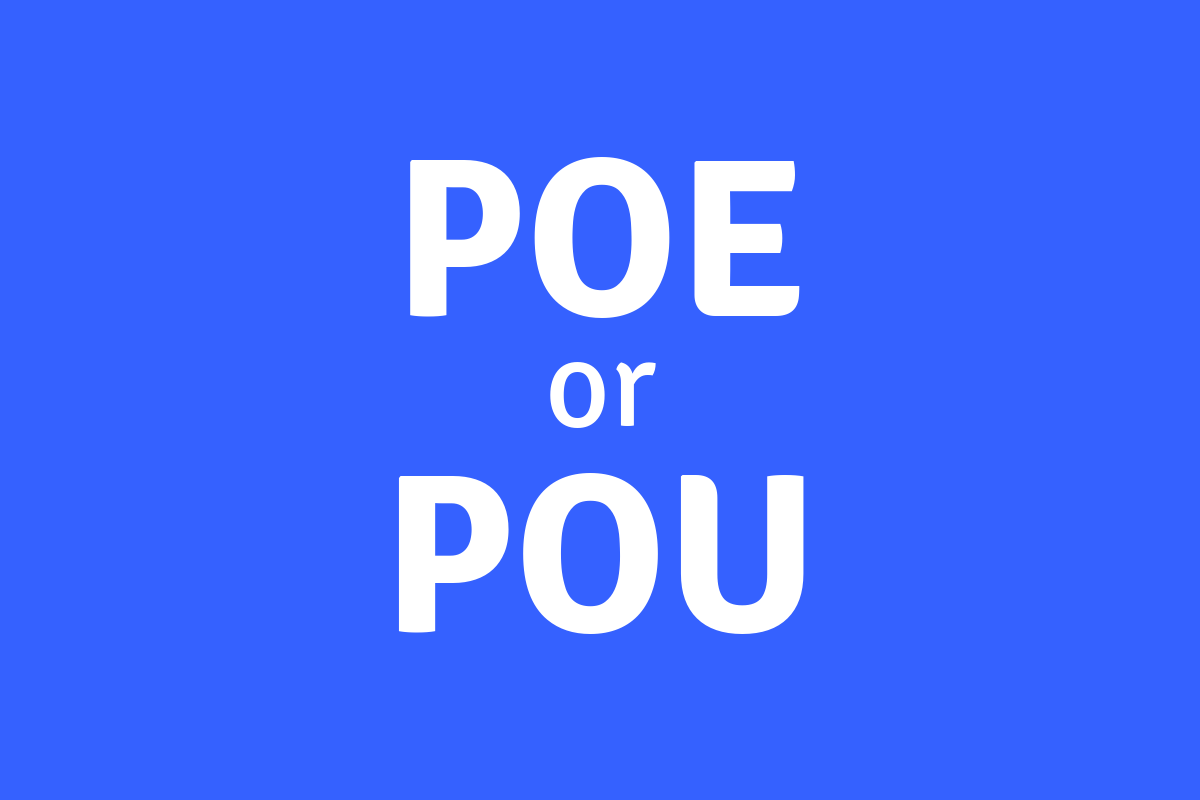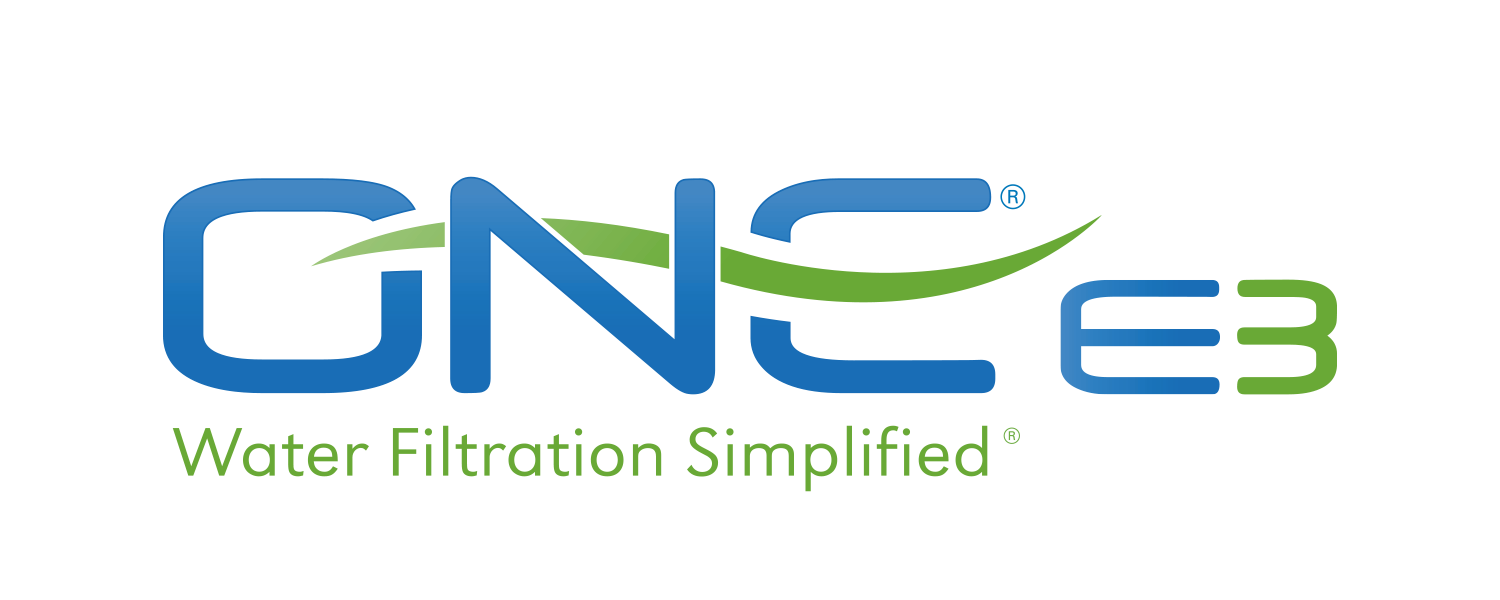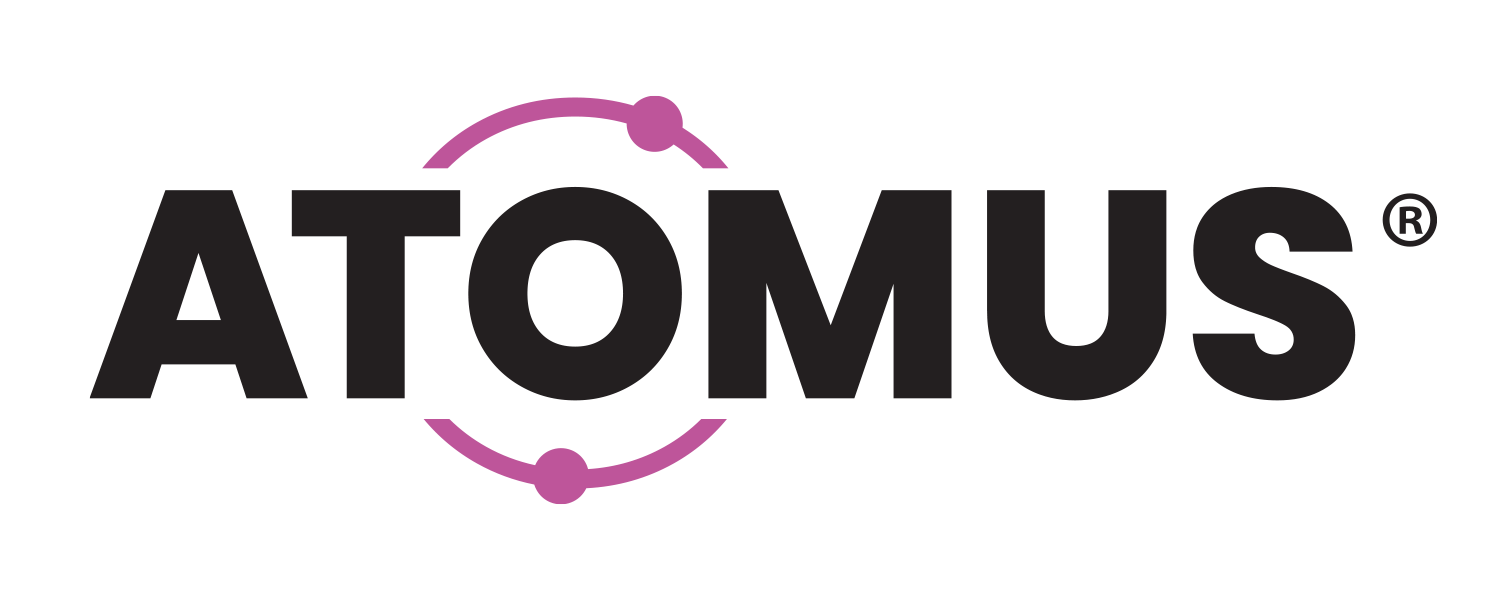The world of water filtration systems and devices can be tough to navigate for the uninitiated. While the overarching goal may be the same (make your water cleaner and safer), there are a lot of different products out there that work in different ways to do different things.
Often when people talk about water filters, they talk about them as being in two major categories: Point-of-Use (POU) and Point-of-Entry (POE). Here’s how the two differ…
Point-of-Use (POU)
POU systems filter your water right where you use it. That could be an individual tap, faucet or shower. POU systems encompass filters that connect to a water line under the sink, filters that attach to your faucet, and even filtration pitchers you fill with water.
Point-of-Entry (POE)
POE water filtration systems are also known as “whole home” systems because they filter all the water that comes into your home or business. These systems attach to the main line where water enters your home and filter all of it before it reaches any sinks or showers.
POU or POE: What Type of Filtration System Should You Use?
This is a question with no right or wrong answer. Both system types have value depending on what you’re looking to accomplish.
If you just want to improve the drinking water from your tap in the kitchen, then a POU system will probably do the trick. If your residence faces unique water challenges, or you just want better water to both drink and bath in throughout your home, a POE system might be the better choice for you.
And it’s not necessarily an either/or situation. You could use both a POE system and a POU system in your home—with the POE system filtering some specific things and the POU system filtering others. It all depends on your water, needs and budget.
Find out how to get a report on your community’s water quality here



